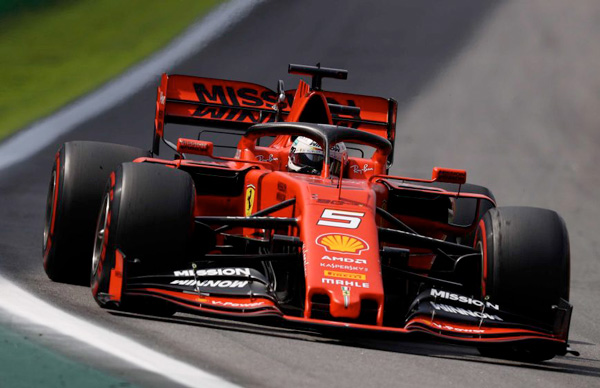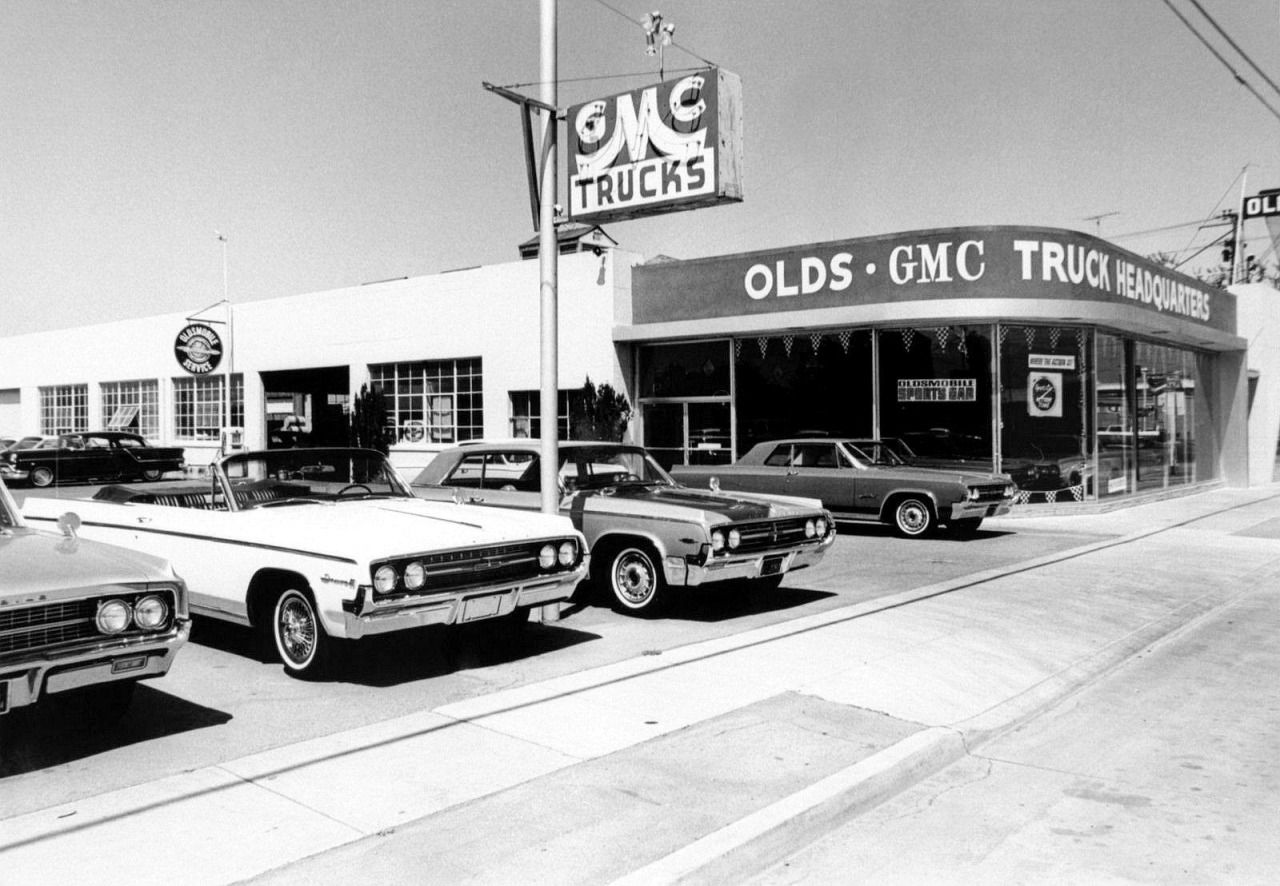A lot of young people fancy themselves as race car drivers. Lots of drive regular cars, SUVs and pickup trucks, and some of us even drive racing spec or otherwise modified cars on the track. One particular race car that is not so easy to master, however, is the Formula One car.
This machine is singular in its unique design and function. The level of engineering that goes into every feature of these cars is mind-boggling. Probably not since NASA have so many bright people come together to pore over the mechanical detail of one machine. In today’s article, we’ll be exploring the secrets of Formula 1 cars (F1), looking at what makes them so special, and why they are so challenging to drive.
F1 Cars Cost
If you ever looked at a luxury grand tourer like the Bentley Continental GT, or an Italian supercar like the Lamborghini Huracan, the first thing that grabs you is the cost. You could work your whole life and never afford a car like that. Well, F1 cars blow these away completely, with some estimates saying that the total cost can amount to $12.2 million when you factor every stage into the process.
Top teams like Ferrari spend upwards of $400 million every year to develop and improve their cars. Even “small” F1 budgets number somewhere between $250 million and $300 million. When every component has to be specifically engineered for the car and driver, it’s going to result in an expensive and exclusive model. All of this offers key insight into why team Ferrari and others look so despondent when they see one of their cars crashing out of a race.
F1 Car Design
When you have a car that you intend to fly around a race track at the same speeds that a plane is using to take off, design is everything. The intricacy of the elaborate F1 car designs go a long way to explaining many of the cost points mentioned in the point above. When it comes to researching and developing something like an F1 car, they broadly have to look at four things:
- Aerodynamism
- Power with speed
- Safety
- Advertising
Aerodynamics of the car is by far the most important element, and guides just about every aspect of the F1 car build. The car has to be able to create enough downward force that the vehicle won’t turn over when traveling at speeds up to 200 mph. At the same time, the balance between the various forces has to be enough to allow the machine to perform competitively against other drivers.
In a nail-biting F1 race, every single bit of horsepower counts for something. The unique design of the air intake (more below), for example, ensures that there is always an excess, which can help add up to 20 or more horsepower right when you need for a critical maneuver to overtake an opponent or stay at the head of the pack.
It’s a wonder that anyone is willing to undertake such a race when the car is apparently so fast and potentially lethal if not handled properly. In fact, the careful design of every inch is done with maintaining driver safety. This goes beyond the car design, too, of course. The drivers’ helmets for example. Include visors that can withstand blasting heat of 800 degrees Celsius (1500˚F) for as long as 45 seconds. This is crucial escape time for when things have gone wrong.
Finally, we come to perhaps the uglier side of the F1 car design: advertising. It’s not a pleasant business, but it helps pay for the millions upon millions of dollars in costs that these teams face each year. Fortunately, none of the advantageous design features that allow prominent advertising — enlarged rear wing, intake unit, side pods etc. — are there for that purpose. They all have some key engineering or safety function, and it’s just coincidence that it also aids in placing high-value ad-space on the car’s surface.
F1 Cars Build
The process of building such an intricate design is complex. Every inch of the F1 car is functional, with nothing left to chance. Below we introduce some of the key components and what function they perform in the overall build of the F1 car:
Engine:
Prior to 2006, you could expect to find enormous 3L V10 engines in Formula 1 cars, but this has now changed. New rules dictate that engines have to be 2.4L V8 engines and no greater. That may be a reduction, but it doesn’t stop these machines from producing a phenomenal 900hp. Unfortunately for the team’s accounting department, these high-horsepower machines are somewhat cursed with a shortened shelf life. They need to be rebuilt after some 500 miles of overall use.
The EPA also would disapprove of these things being anywhere near our roads. Their fuel consumption rate is an amazing 4 miles to the gallon. Each team, therefore, can use as much as 53,000 gallons of fuel for both testing and racing. That’s a lot of visits to the gas station.
Front Wings:
Without proper aerodynamic design, the speeds the cars are travelling would cause the cars to “lift off” the road like a speeding jet plane. Two components that help keep the speeding F1 car from flying off the road entirely are the front and side wings, which are the key components in ensuring a strong downward force that keeps the car rooted on the road.
The front wing form that horizontal structure placed under the nose of the vehicle. The front-facing parts of the wing with angled flaps help create what is known as “negative lift” that ensures enough force to keep tires on the road. Flanking the front wing you’ll find the side wings, also known as the “end fences.” Their placement and position is far from just good symmetry, but also essential shielding from the vortexes of turbulent air that can get under the car from the sides as they travel at the speeds they do.
Air Intake:
On a regular car, you’d typically find these in the lower left and right corners of the front end. They are often enlarged for great performance and visual impact. The air intake on the F1 car, also known as the airbox, takes this idea to new levels. It’s placed right above the driver’s head, and helps drive great waves of cooler air into the powerful engine for it to use for combustion. The enlarged design and high speed of the car ensures that a surplus of this high-velocity air makes it in, increasing air pressure and supercharging the engine. This phenomenon is known as the RAM Effect.
The position of the airbox also helps offer protection against air hitting the rear wing, while simultaneously reducing turbulence coming from the cockpit. Together this ensures that the rear wing can do its job properly (see below).
Rear Wings:
To see the prominent advertising in on the main rear wing, you may think that it’s really just a vanity spoiler and ad space. This is where you’re wrong. The rear wing is essential for the general balance of the vehicle, as well as for adjusting the drag at times when you want to overtake the vehicle ahead of you.
The rear wing is mainly made of up of two elements, and upper and lower part. The upper part is adjustable, and works in a very similar way to the wings of an airplane. It can create additional drag force, as well as downward force by diverting oncoming air up or down. The lower element can help allow some air to pass through it smoothly. Together they are pivotal for the stability and balance of the car, but especially the rear end.
Have you ever noticed that a trailing F1 car doesn’t follow directly behind the opponent in front? It’s mostly because of the air being directed back by the rear wing. It’s all part of what makes overtaking tricky, and the desire to be out in front all the stronger.
Finally, similar to the front wing, the rear wing is also flanked by a pair of side wings, which help to create straight-line drag. This keeps the car veering from side to side as they drive
Sidepod:
The sidepod serves to prove just how far the development of F1 cars has come. Back in the 1960s, cooling of F1 cars was done from the front of the vehicle. This resulted in the need for rounded front-end designs that allowed the cooling air to enter. Moving this function to the sidepod allowed for the front end to become the more aerodynamic wedge shape that we know well today.
Besides this, the specific design of the sidepod also assists in the overall aerodynamic performance. The multiple curved winglets help channel air better, increasing downforce, which benefits the stability of the drive. Once the sidepod was lengthened during the 1970s, it added even more capability to take corners at higher speeds.
Underfloor:
Another key component in keeping the car locked onto the road and out of the air above is the underfloor. If you look at the front of an F1 car, you might notice that it’s underfloor section is slightly closer to the ground than toward the rear of the vehicle. It inclines slightly, until it reaches the tail end and raises up sharply. The effect of this is to create a powerful jet of falling air pressure that causes a suction-like force that glues the car in place. The most amazing thing is that this innovation was discovered entirely by mistake by the Lotus F1 team in the 1970s as they were experimenting with new vehicles.
Brakes:
These are important in any kind of vehicle, but the brakes used in F1 cars are other worldly in their complexity and function. In principle, they work in the same way as regular brakes, but with far greater speed and power. The heat generated by F1 brakes can reach an astonishing 1,200 degrees Celsius (around 2,200 degrees Fahrenheit) — that’s the same as molten lava! Obviously, to compensate for this, more work had to go into the specific brake design, such as permeating the system with holes to allow heat dissipation, and only using the most robust available materials.
Formula 1 brakes can reduce speed so quickly and in such a short space compared to a regular car, that it has been calculated to be equivalent to running your car into a brick wall. That’s how fast they are.
The Wheel and Driver
One final element of the F1 car that has to be acknowledge is the steering wheel and the drivers who wield it. To look at it, you might describe the steering wheel as the single most intricate and finely balanced game controller ever made. It’s a sea of buttons, switches and dials from which the drivers are managing second-by-second changes to the car’s mechanics, control of movable components like the rear wing adjustment, and many other functions of the car.
To master such a system, drivers have to be more than just white-knuckle dare devils who are adept at taking hard corners. It takes detailed knowledge built up over years of practice. Many drivers start their careers in the lower leagues, even with something simple like a go-kart. Over the years they learn more and more about professional control and function until they reach the big time – Formula 1. Furthermore, new technologies being added and enhanced mean that drivers must undergo continuous training to ensure they are always on top of their game.
The Ultimate Driving Machine
If the space rockets of NASA and SpaceX are the pinnacle of our aeronautics abilities, then the Formula 1 car is the pinnacle of our automotive capabilities. Next time you see and hear these magnificent machines on the track, just remember how much of the 1,000 or so total people that make up that individual team have put into that one, single race car.
Learn more about the various components that make up the build of a Formula 1 car from this great video guide.



